Though it would be easy to assume that the dismissal of butter is a product of its medium (butter) or form (cattle), both have been featured in highly regarded art installations. In 1999 the city of Chicago launched its famous “Cows on Parade” exhibit, in which local artists designed fiberglass cow statues, and exhibited them in the city. Eventually, the cows were auctioned, raising more than $20 million of charitable organizations. That same year, Margin, a Chicago art gallery, housed works of 35 local artists all related to butter in an exhibition appropriately titled Butter.Similarly, in 2003, Matthew Barney launched his Guggenheim exhibit in New York, which incorporated a number of sculptures in butter and Vaseline.
Consistently from city to city, more than half of our visitors believed our fiction and thought we were “real,” with the exception of the Whitney, where we experienced the art world equivalent of such misperceptions: some assumed that we were not the artists, but rather actors who had been hired by another artist.
Thus, their work confirmed the ways the context of the natural history museum they were taken to be “real” specimens of “undiscovered Amerindians” and in art galleries they were assumed to be performance art.
But, like Fusco and Gomez-Peña, Duffy works “within disciplines that blur distinctions.” If placed in the Guggenheim, her sculptures may be described as avant-garde. But in the Dairy Building, the sculptures are “pure Americana,” as 2003 Presidential hopeful Bob Graham described it.
1994 The Other History of Intercultural Performance. The Drama Review 38(1):143-167.
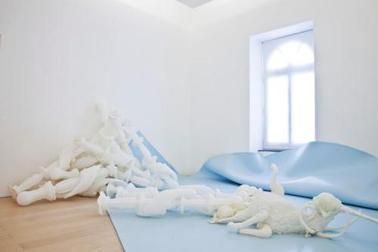
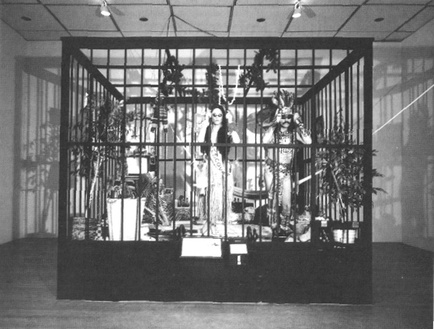
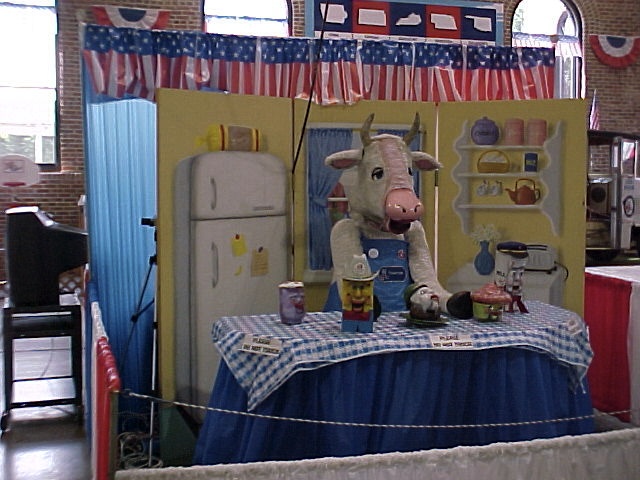
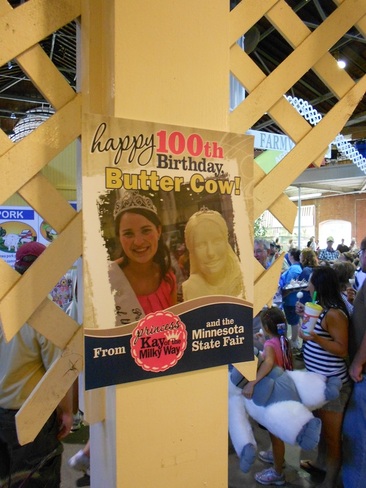
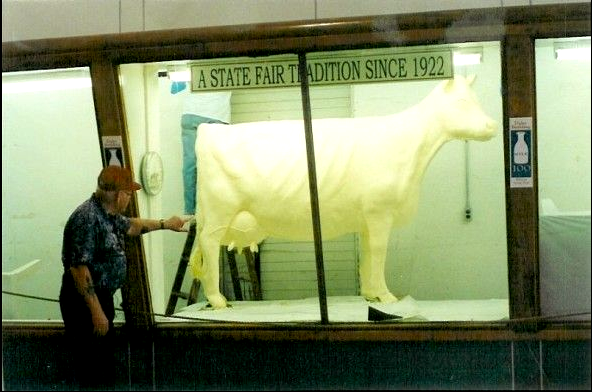
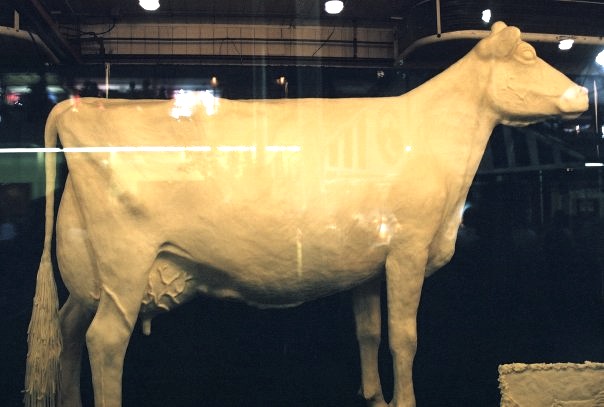
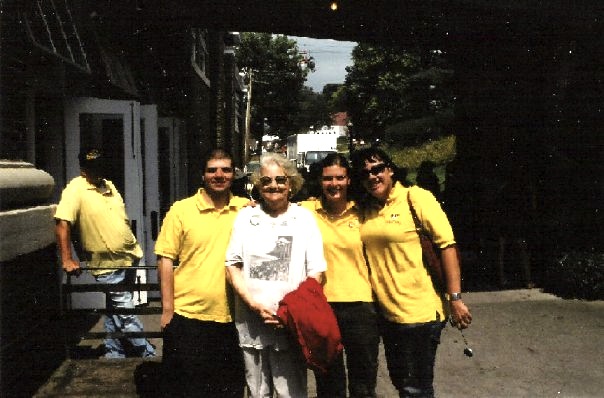
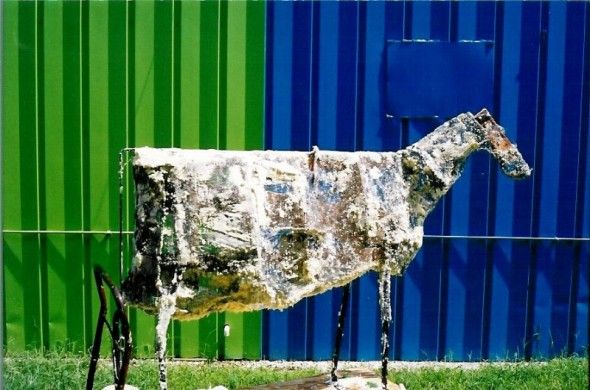
 RSS Feed
RSS Feed
